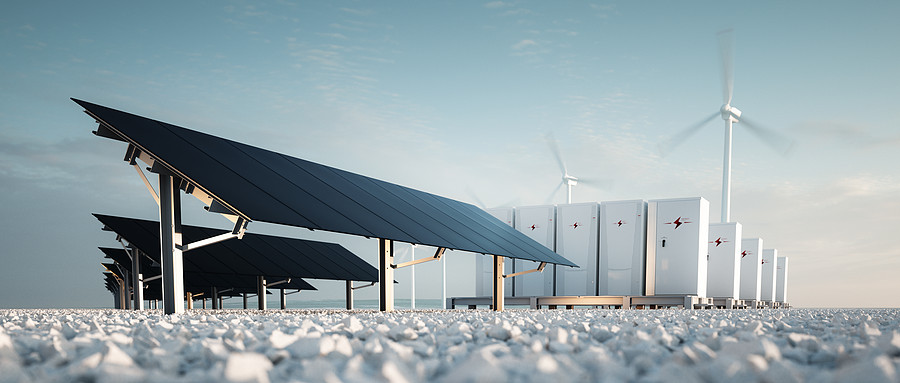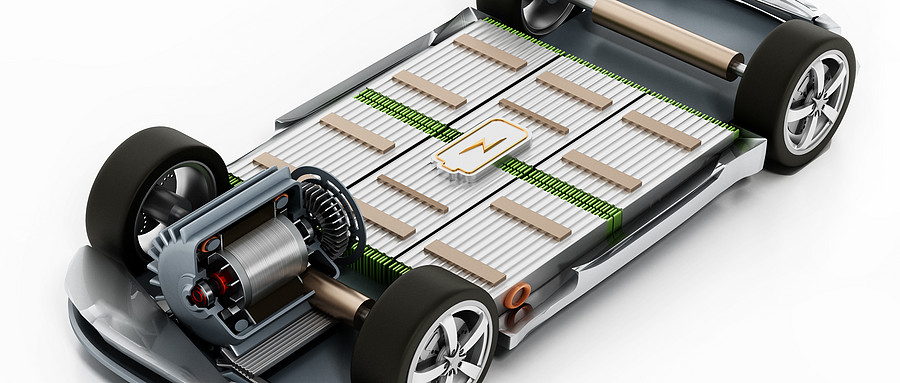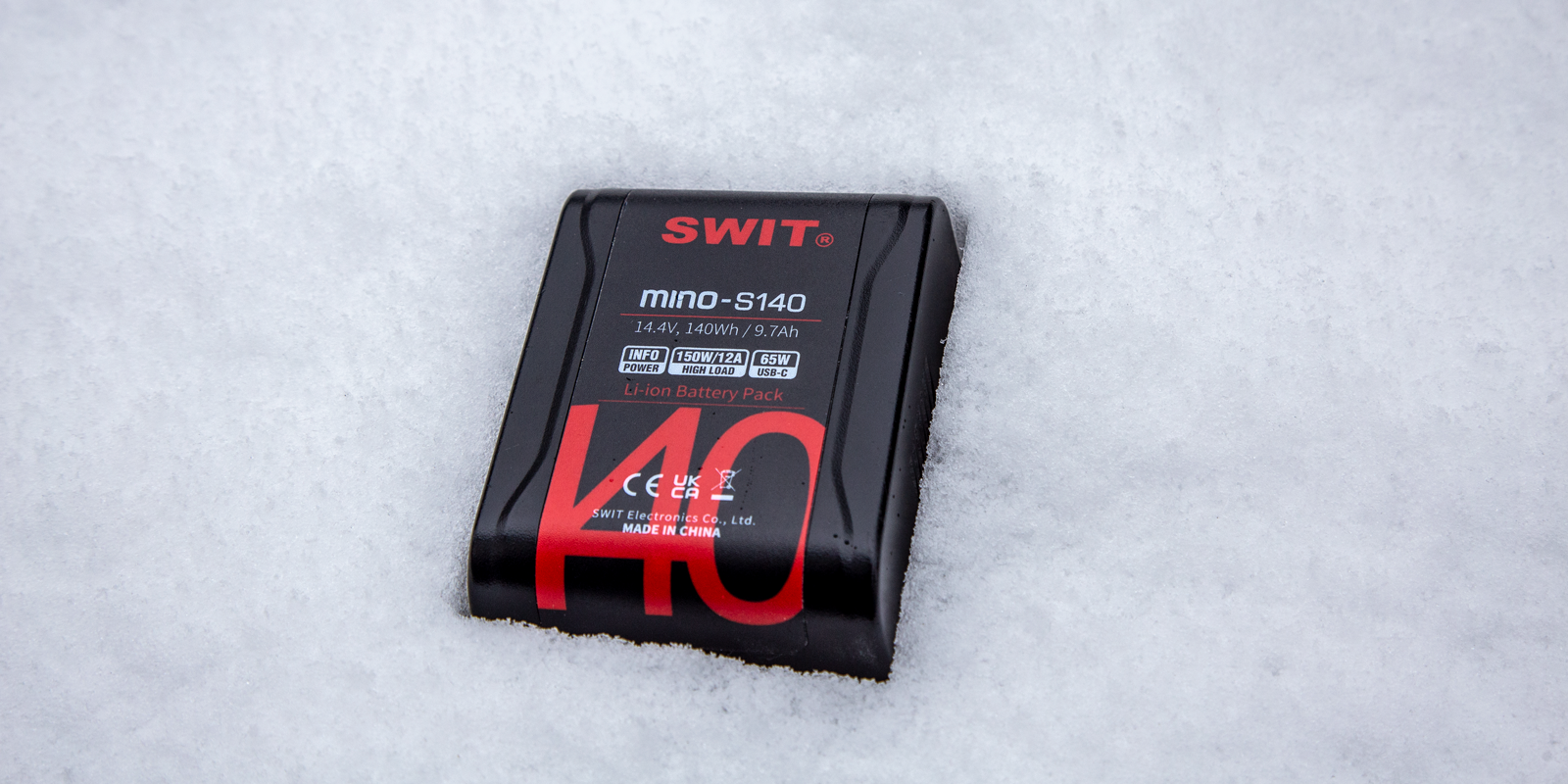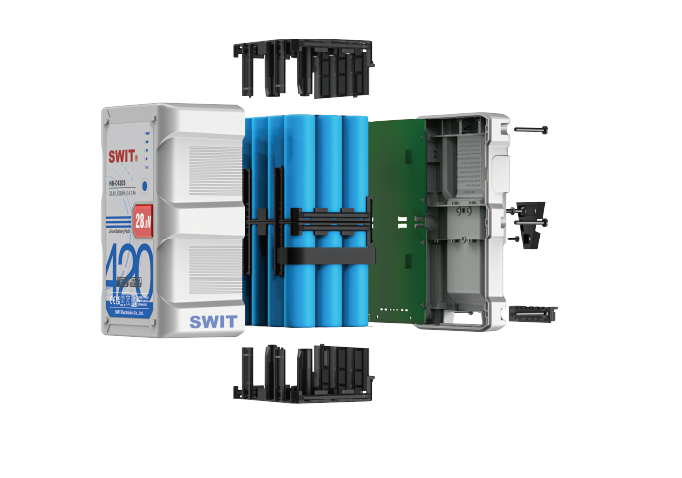Lithium-ion battery technology has become the cornerstone of power supply for nearly all electronic devices. Among the various types of lithium-ion batteries, ternary lithium-ion batteries and lithium iron phosphate (LiFePO4) batteries have garnered significant attention due to their distinct performance characteristics and applications.

Lithium battery packs are widely used in the green energy industry
Over the years, many battery brands have heavily promoted certain features of their products, often overlooking the respective advantages and disadvantages of these two chemical compositions. While some marketing statements may be applicable in the consumer goods sector, they could potentially create awkward situations for industry professionals using these products.
In fact, whether it's ternary lithium-ion cells or lithium iron phosphate cells, each has its own strengths and weaknesses. The following list provides a reference for consideration.

Both ternary lithium and lithium iron phosphate cells are widely used in EVs
Ternary Lithium-ion(LiNixCoyMn1-x-yO2)Battery
Advantages:
1. High Energy Density: Ternary lithium-ion batteries exhibit a relatively high energy density. For an equivalent weight, the capacity of ternary lithium-ion batteries can be 1.7 times that of lithium iron phosphate batteries.
2. High Charging Speed: Ternary lithium-ion batteries have a charging and discharging performance that is twice that of lithium iron phosphate batteries.
3. Relatively Low Self-Discharge Rate: Ternary lithium-ion batteries have a lower self-discharge rate, resulting in less capacity loss during extended storage periods.
4. Better Low-Temperature Performance: Ternary lithium-ion batteries demonstrate better discharge performance in cold regions or extreme temperatures compared to lithium iron phosphate batteries.
5. Better Cell Matching Consistency: After multiple charge and discharge cycles, ternary lithium-ion batteries can maintain a high level of consistency between battery packs and cells, delaying the aging process.
Disadvantages:
1. Higher Cost: Due to the higher cost of materials, the manufacturing cost of ternary lithium-ion batteries is relatively high. For example, the ternary lithium batteries used by SWIT are 50% more expensive than the lithium iron phosphate batteries used by other battery manufacturers.
2. Limited Lifespan: Ternary lithium-ion batteries typically have a lifespan of 300-500 cycles at an 80% Depth of Discharge (DOD).
Lithium Iron Phosphate (LiFePO4) Battery
Advantages:
1. Higher Safety: Lithium iron phosphate batteries are safer and more stable compared to other types of lithium-ion batteries, with a lower risk of overheating.
2. High Cycle Count: Lithium iron phosphate batteries can achieve over 2000 cycles while maintaining 80% capacity.
3. Relatively Low Cost: The materials used in lithium iron phosphate batteries are relatively inexpensive, resulting in lower manufacturing costs and a competitive advantage in large capacity battery pack.
Disadvantages:
1. Lower Energy Density: Lithium iron phosphate batteries have lower energy density compared to ternary lithium-ion batteries, making it challenging to achieve the same capacity with equivalent weight.
2. Poor Low-Temperature Performance: The battery performance of lithium iron phosphate significantly deteriorates in low-temperature environments, with an 85% capacity loss after 100 cycles at -10°C.

SWIT batteries can be used in environments of -20 degrees Celsius (-4 degrees Fahrenheit)
Whether in the electric vehicle or energy storage industry, the choice between ternary lithium-ion batteries and lithium iron phosphate batteries depends on the specific requirements of the application. Battery performance is also influenced by Battery Management Systems (BMS), real-world usage scenarios, and device characteristics, with the chemical composition of the battery cells affecting performance to a certain extent.
Why SWIT chooses ternary lithium battery cells
Currently, for the unique demands of the film and television industry, SWIT has opted for higher-cost ternary lithium-ion battery cells to ensure lightweight, high-capacity batteries that can operate normally at temperatures as low as -20°C.

SWIT puts safety first when designing batteries
Regarding lifespan, SWIT's careful selection of battery cells and precise BMS calibration guarantees 80% remaining capacity even after 500 cycles. Additionally, SWIT invests significantly in safeguards such as Over Voltage Protection (OVP), Under Voltage Protection (UVP), Over Temperature Protection (OTP), and Over Current Protection (OCP) to ensure the safety and stability of ternary lithium-ion batteries.
Batteries have a lifespan and are consumables. Performance experiences an exponential decline after the capacity drops to 80% DOD.

Battery performance and safety are affected by many factors, including manufacturing processes
As lithium-ion batteries pose certain risks due to their high energy density, we recommend users opt for batteries designed and produced by professional manufacturers to mitigate the risk of equipment damage and the potential for fires in storage areas.

